-
GeneralGeneralTeacher
-
Lifestyle Medicine Homepage

This Lifestyle Medicine introductory course provides a foundation of theoretical and practical knowledge and skills, as well as an opportunity to plan strategies and practice techniques for assisting patients with positive health behavior changes. All parts of this training are free, including registration, learning, testing, and a certificate of completion. This course is intended for primary-care physicians, nurses, and allied health professionals in training and in practice.
This Lifestyle Medicine course was developed in partnership with Bar-Ilan University, the Brookfield Centre for Lifestyle Medicine, the European Lifestyle Medicine Organization, the Institute of Lifestyle Medicine at Harvard, the Israeli Society of Family Medicine - Lifestyle Medicine Section, the Lifestyle Medical Education Collaborative, and the USC School of Medicine Greenville. Like all NextGenU.org courses, the course is competency-based; this course utilizes competencies from the Lifestyle Medicine Program Curriculum Outline of the American College of Lifestyle Medicine and the Israeli Society of Family Medicine - Lifestyle Medicine Section. In addition, the Lifestyle Medicine course uses resources from accredited world-class organizations, including the American College of Lifestyle Medicine, the American College of Preventive Medicine, the American College of Sports Medicine, the U.S. Centers for Disease Control and Prevention, the U.S. National Institutes of Health, and the World Health Organization. The course developer is Lilach Malatskey, MD, MHA, Chairman of the Israeli Society of Lifestyle Medicine of the Family Physicians Association, who received substantial input from the Executive Members of the Israeli Society of Family Medicine, Lifestyle Medicine Section. Significant feedback was also received from our Advisory Group members, Ioannis Arkadianos, MD; Erica Frank, MD, MPH; Ioan Hanes, MD; Jenny Lee, MD, PhD, MPH; Dr. Ifeoma Monye, MBBS, DCH, DFFP, DRCOG, FRCGP; Edward M. Phillips, MD; Verena Rossa-Roccor, MD; Mary Rudolf, MB, BS, BSc, FRCPCH, FAAP; Jennifer Trilk, PhD; and Stefania Ubaldi, MD, PhD.
For a publication on this course’s efficacy, see “NextGenU.org’s Free, Globally Available Online Training in Lifestyle Medicine,” (2017), American Journal of Lifestyle Medicine, https://doi.org/10.1177/1559827616682444; see also “Building Public Health Capacity through Online Global Learning,” (2018), Open Praxis, to see more research related to NextGenU.org’s educational model, click on NextGenU.org’s publication page. Subscribe to our newsletter to be notified of future updates, new courses, and to be part of our community.
There are two components to this course.
The first component involves completing the modules and which provide:
- An introduction to the principles of lifestyle medicine, and an understanding of the effects of physical activity, nutrition, sleep, stress, and sexuality on health;
- Overviews of smoking cessation and alcohol use disorders;
- Skills to develop and implement action plans for lifestyle medicine in both clinical and personal settings.
In order to receive a certificate of completion, you will need to also complete the second, skills-based component of the course, which requires you to identify a person (could be a patient or an acquaintance) who would like to make one or more lifestyle changes. During this course, you will meet with this person 3 times and practice strategies you have learned to help others make behavioral changes. You may meet in person or via video conferencing. You will also need to identify a mentor with professional health care training at least at the bachelor’s level (a college degree), and with a certificate or other specific training in Lifestyle Medicine, who can provide you with feedback on the assignments you submit about your relationship with your patient.
The results of your assessments will be provided to you, and we can report your testing information and share your work with anyone you request (school, employer, etc.). The evaluation you provide at the course’s conclusion will help us improve the training for future students. We hope you find this Lifestyle Medicine course a wonderful learning experience!
Approximate time for completion of this course is 49 hours at an average reading rate of 144 words/minute.
Before you begin the course, please take a moment to take the short knowledge Pre-test below. It allows us to assess various aspects of the course itself and is mandatory to receive your certificate upon completion of the course.
The course requires the completion of peer and mentored activities. At the end of each lesson, there is a practice quiz. At the end of the course, after you’ve completed each lesson, quiz, and activity, you’ll have access to a final exam, and a chance to assess the training. Once you’ve passed that last test, you will be able to download a certificate of completion from NextGenU.org and our course’s co-sponsoring organizations (listed above). We keep all of your personal information confidential, never sell any of your information, and only use anonymized data for research purposes, and we are also happy to report your testing information and share your work with anyone (your school, employer, etc.) at your request. We hope that you will find this a rewarding learning experience, and we count on your feedback to help us improve this training for future students.
Engaging with this Course
You may browse this course for free to learn for your personal enrichment; there are no requirements.
To obtain a certificate
- Show in the registration fields that you have the appropriate prerequisites to be certified. This course requires the learner to have already obtained a college-level degree.
- Take the brief pre-test.
- Complete all the reading requirements.
- Complete all quizzes and pass with a 70% with unlimited attempts.
- Complete 1 peer activity and associated certification quizzes.
- Find a mentor and complete the 8 required mentor activities.
- Successfully complete the final exam with a minimum of 70% and a maximum of 3 attempts.
- Complete the self and course evaluation forms.
To obtain credit
- Complete all requirements listed above for the certificate.
- Your learning institution or workplace should approve the partner-university-sponsored NextGenU.org course for educational credit, as they would for their learner taking a course anywhere.
- NextGenU.org is happy to provide your institution with:
- a link to and description of the course training, so they can see all its components, including the cosponsoring universities and other professional organization cosponsors;
- your grade on the final exam;
- your work products (e.g. peer and mentored activities), and any other required or optional shared materials that you produce and authorize to share with them;
- your evaluations -- course, self, peer, and mentor assessments;
- a copy of your certificate of completion, with the co-sponsoring universities and other organizations listed.
To obtain a degree co-sponsored with NextGenU.org, registrants must be enrolled in a degree program as a student of a NextGenU.org institutional partner. If you think that your institution might be interested in offering a degree with NextGenU.org contact us
We hope that you will find this a rewarding learning experience, and we count on your assessment and feedback to help us improve this training for future students.
Next Steps
- Take the short knowledge pre-test below. It allows us to assess various aspects of the course itself.
- Complete the registration form.
- Complete the survey on your health practices, as this will allow us to study any personal behavioral changes that happened during the time you took this behavioral change course.
- Begin the course with Module 1: Introduction to Lifestyle Medicine. In each lesson, read the description, complete all required readings and any required activity, and take the corresponding quizzes.
This course meets nationally approved standards of education developed for the addiction/substance use disorders counseling profession. This course's participants are assured that the continuing education (CE) credits provided will be accepted toward national credentialing by the NAADAC Certification Commission for Addiction Professionals (NCC AP), as well as by many of the individual state licensing/certification bodies in the addiction and other helping professions.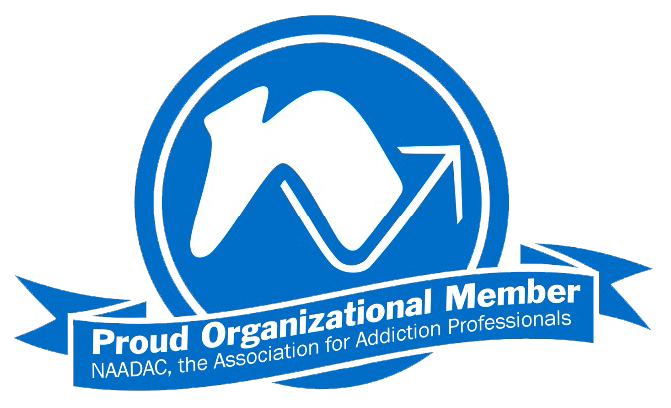
-
Module 1: Introduction to Lifestyle Medicine
Before starting this first module, please take a moment to take the short knowledge Pre-test above. It allows us to assess various aspects of the course itself and is mandatory to receive your certificate upon completion of the course.
First, do no harm. — Hippocratic oath
This module introduces the foundational concepts of lifestyle medicine, introducing all six pillars (nutrition, physical activity, sleep, stress management, substance use, and relationships/social connectedness) while emphasizing the role of physician health, advocacy, and planetary health in promoting sustainable lifestyle interventions. It establishes lifestyle medicine as an evidence-based approach to preventing and treating chronic disease through behavior change.

Competency covered in this module:
- Introduction to lifestyle medicine.
- The role of physician health.
- Environmental lifestyle factors and their impact on non-communicable diseases.
1 URL, 1 SCORM package - Introduction to lifestyle medicine.
-
Module 1 : Lesson 1: Definition, Role, and Evidence Base for Lifestyle Medicine
Approximate time required for the readings for this lesson (at 144 words/minute): 1 hourLearning Objectives:
• Define lifestyle medicine and its core principles
• Explain the epidemiological transition and burden of chronic disease
• Describe the six pillars of lifestyle medicine
• Analyze the evidence base supporting lifestyle interventions for chronic disease
• Compare lifestyle medicine to conventional medical approaches
2 Files, 7 URLs -
Module 1 : Lesson 2: The Importance of Lifestyle Medicine in Treating the World's Lifestyle Disease Burden
Learning Objectives:
• Identify major chronic diseases amenable to lifestyle interventions
• Explain pathophysiological mechanisms linking lifestyle factors to disease
• Evaluate the effectiveness of lifestyle interventions compared to pharmacological treatments
• Apply lifestyle medicine principles to specific disease states
• Justify the role of lifestyle medicine in chronic disease prevention and management
1 File, 3 URLs -
Module 1: Lesson 3: Introduction to Health Behavior Change
Learning Objectives:
• Describe key behavior change theories and models
• Explain stages of change model to patient assessment
• Understand motivational interviewing techniques
• Design behavior change interventions using evidence-based principles
• Examine readiness for change and tailor interventions accordinglyClick here to start this lesson
1 File, 3 URLs -
Module 1 : Lesson 4: The Role of Physician Health and Physician Advocacy
Learning Objectives:
• Describe key behavior change theories and models
• Explain stages of change model to patient assessment
• Understand motivational interviewing techniques
• Design behavior change interventions using evidence-based principles
• Examine readiness for change and tailor interventions accordingly
1 File, 3 URLs, 1 Assignment -
Module 1 : Lesson 5: Planetary Health and Sustainable Lifestyle Medicine
Learning Objectives:
• Explain the concept of planetary health and its connection to human health
• Analyze the environmental impact of dietary choices, transportation, and lifestyle patterns
• Describe co-benefits of lifestyle choices for personal and environmental health
• Apply planetary health principles to patient counseling
• Advocate for policies supporting both human and environmental health
1 File, 2 URLs, 1 Quiz -
Module 2: Fundamentals of Health Behavior Change
This module provides in-depth exploration of behavior change theories, models, and practical applications essential for supporting patients in modifying health behaviors. It covers psychological, social, and environmental factors influencing behavior change across all lifestyle medicine pillars, with emphasis on motivation, self-efficacy, goal-setting, and the critical role of social support and relationships in sustaining change.
Knowing is not enough—we must apply. Willing is not enough—we must do. — Johann Wolfgang von Goethe
Competency covered in this module:
- Fundamentals of health behavior change.
1 URL, 1 SCORM package - Fundamentals of health behavior change.
-
Module 2 : Lesson 1: Introduction to Behavior Change

Learning Objectives:
• Describe major behavior change theories including Health Belief Model, Social Cognitive Theory, and Theory of Planned Behavior
• Compare strengths and limitations of different theoretical frameworks
• Apply theoretical constructs to analyze patient behavior patterns
• Select appropriate theoretical frameworks for different clinical situations
• Integrate multiple theories into comprehensive intervention approaches
1 Page, 2 Files, 1 URL -
Module 2 : Lesson 2.1: Motivational Interviewing, Cognitive-Behavioral, and Positive Psychology Techniques
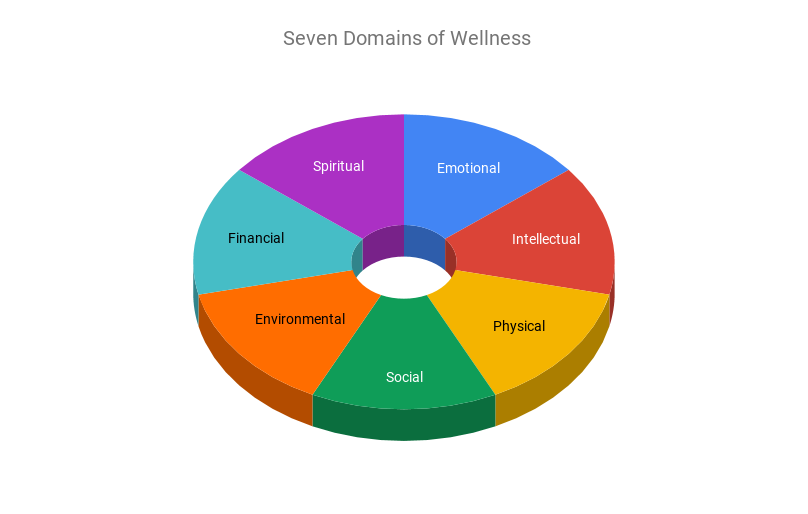
Learning Objectives
• Identify the five stages of change and their characteristics
Approximate time required for the readings for this lesson (at 144 words/minute): 1 hour
• Understand how to asses patient stage of change for specific behavior
1 Page, 1 File, 3 URLs, 1 Assignment -
Module 2 : Lesson 2.2: Techniques for Health Behavior Change

Learning Objectives
Upon completion of the first lesson of Module 2, students should be able to:
- Apply motivational interviewing, cognitive behavioral, and positive psychology techniques.
- Match interventions to patient stage of change
- Examine patient readiness and motivation for behavior change
- Develop stage-appropriate counseling strategies
Approximate time required for the readings for this lesson (at 144 words/minute): 1 hour
1 Page, 8 URLs, 1 Assignment -
Module 2 : Lesson 3: Building Effective Relationships with Patients

Learning Objectives
- Describe the process of building effective relationships with patients.
1 Page, 1 File, 2 URLs -
Module 2 : Lesson 4: Maintain Healthy Behaviors
Learning Objective:

- Describe strategies for helping patients maintain healthy behaviors.
1 Page, 1 File, 3 URLs, 1 Quiz -
Module 3: Physical Activity
This module covers the science, assessment, and prescription of physical activity as a cornerstone of lifestyle medicine. It addresses physical activity's role in preventing and treating chronic diseases, provides evidence-based guidelines for exercise prescription, and explores the social dimensions of physical activity including group exercise, team sports, and active transportation that simultaneously promote fitness and social connection.
Those who think they have no time for bodily exercise will sooner or later have to find time for illness. — Edward Stanley, Earl of Derby (1873)

Competency covered in this module:
- Physical activity science and prescription.
1 URL, 1 SCORM package - Physical activity science and prescription.
-
Module 3 : Lesson 1: Introduction to Physical Activity
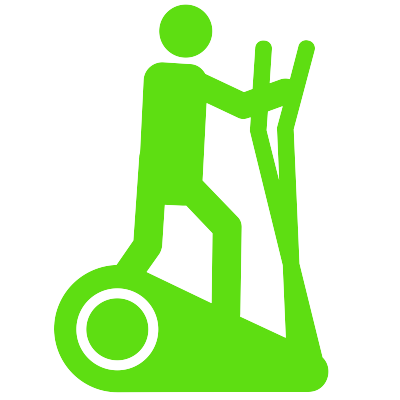
Learning Objectives
- Describe the relationship between physical activity and health.
2 Files, 4 URLs -
Module 3: Lesson 2: Recommendations on Physical Activity
Learning Objectives
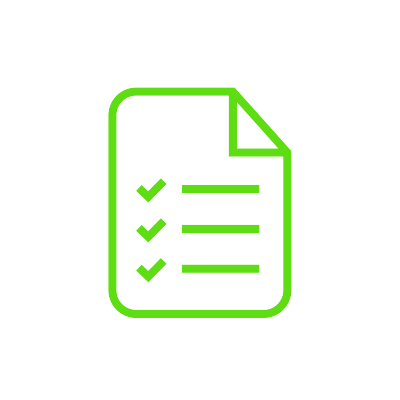
- Describe the global physical activity guidelines recommended by the WH.
1 File, 2 URLs -
Module 3: Lesson 3: Components of Physical Activity
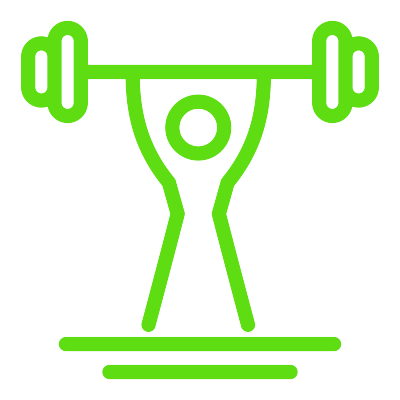
Learning Objectives
- Describe the major evidence for the physical activity components (aerobic, strength, flexibility, and balance).
1 File, 2 URLs -
Module 3 : Lesson 4: Exercise Prescription

Learning Objectives
- Develop an exercise prescription.
1 File, 6 URLs, 1 Assignment -
Module 3 : Lesson 5: Patient Evaluation

Learning Objectives
- Evaluate a patient prior to the initiation of physical activity.
1 File, 3 URLs, 1 Assignment -
Module 3 : Lesson 6: Improving Exercise Adoption and Maintenance
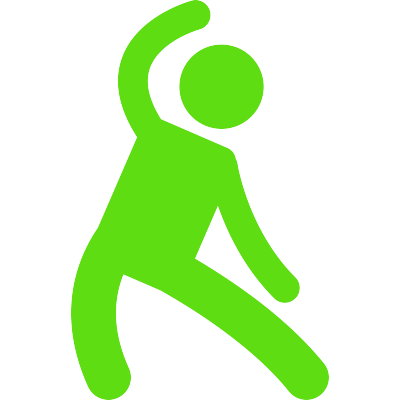
Learning Objectives
- Motivate patients to increase their physical activity.
1 File, 3 URLs, 2 Assignments, 1 Quiz -
Module 4: Nutrition
This module provides comprehensive coverage of nutrition science, dietary assessment, and evidence-based nutrition interventions for health promotion and disease management. It addresses nutrition's central role in lifestyle medicine while exploring the social and relational dimensions of eating including family meals, cultural food traditions, and commensality, recognizing that eating is both a biological necessity and a profoundly social activity.
Let food be thy medicine and medicine be thy food. — Hippocrates
Competencies covered in this module
- Nutrition science, assessment, and prescription
1 URL, 1 SCORM package -
Module 4 : Lesson 1: Introduction to Nutrition
Learning Objectives
- Describe the basics of nutrition, as well as the metabolic effects of different foods.
- Summarize the major nutrition studies and evidence base for nutrition prescriptions.
1 Page, 2 Files, 7 URLs -
Module 4 : Lesson 2: The Role of Nutrition in Preventing and Treating Chronic Diseases

Learning Objectives
- Describe different types of diets and their effects on health.
- Understand the role of nutrition in preventing and treating chronic diseases, such as cardiovascular disease.
- Describe the role of nutrition in preventing, treating, and reversing diabetes.
- Summarize nutrition prescriptions for the most common chronic diseases including hyperlipidemia, diabetes, hypertension, and cancer.
- Know how to prescribe nutrition for basic disease processes including inflammation: food patterns / macronutrients, food types / micronutrients, food preparation / oxidation.
1 Page, 1 File, 18 URLs -
Module 4 : Lesson 3: Dietary Guidelines and Nutrition Prescriptions

Learning Objectives
- Demonstrate ability to perform a basic nutrition assessment and to apply practical strategies to assist patients in achieving dietary changes.
- Describe the basic principles of healthy cooking.
- Summarize the major nutrition studies and evidence base for nutrition prescriptions.
- Properly interpret nutrition labels.
1 Page, 1 File, 9 URLs, 1 Assignment -
Module 4 : Lesson 4: Obesity
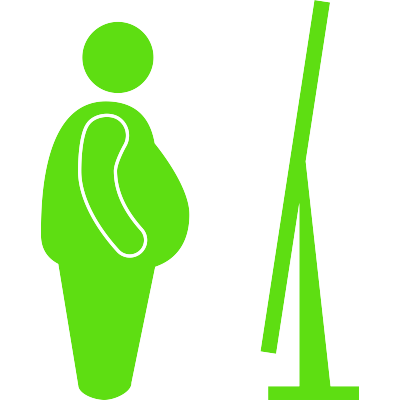
Learning Objectives
- Define obesity and understand its epidemiology as well as assist patients in the prevention and treatment of obesity.
1 Page, 1 File, 13 URLs, 1 Quiz -
Module 5: Sleep Health
This module covers sleep science, assessment of sleep disorders, and evidence-based interventions to optimize sleep health. It addresses sleep as a critical lifestyle medicine pillar affecting all aspects of health while exploring the relational context of sleep including partner sleep dynamics, relationship quality's impact on sleep, and how sleep problems affect intimate relationships and family functioning.
Competencies covered in this module

- Sleep health science and interventions.
1 URL, 1 SCORM package -
Module 5: Lesson 1: The Role of Sleep in Health
Learning Objectives
- Understand sleep’s role in health and chronic disease.
- Understand the basic physiology and the structural organization of sleep.
Approximate time required for the readings for this lesson (at 144 words/minute): 1 hour
2 Files, 8 URLs -
Module 5 : Lesson 2: Sleep Disorder Evaluation and Management
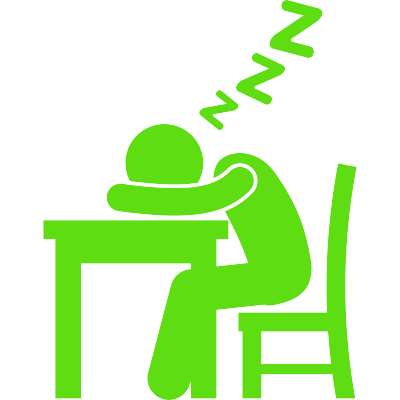
Learning Objectives
- Know the common types of sleep disorders and the tools to evaluate and manage sleep.
- Identify lifestyle-based activity, dietary, environmental, and coping behaviors that can improve sleep health.
- Identify at least two lifestyle adjustments related to light exposure and meal composition and timing that support improved sleep.
Approximate time required for the readings for this lesson (at 144 words/minute): 1 hour
2 Files, 11 URLs, 1 Quiz -
Module 6: Tobacco Use
This module addresses tobacco use as a critical lifestyle medicine pillar, covering the health effects of tobacco, evidence-based cessation strategies, and the role of healthcare providers in supporting tobacco cessation. It emphasizes the social dimensions of tobacco use including the influence of social networks on smoking behavior, the importance of partner and family support in cessation, and strategies for navigating social smoking contexts.
Tobacco kills up to half of its users. - World Health Organization (2016)Competencies covered in this module :
- Fundamentals of Tobacco Cessation
1 URL, 1 SCORM package -
Module 6 : Lesson 1: Epidemiology of Tobacco-Related Diseases
Approximate time required for the readings for this lesson (at 144 words/minute): 1 hourLearning Objective:
- Understand the role of tobacco cessation in preventing and treating chronic disease.
- Summarize the evidence-based literature on tobacco cessation interventions.
2 Files, 5 URLs -
Module 6 : Lesson 2: The Physiological, Psychological, and Behavioral Components of Tobacco Use
Approximate time required for the readings for this lesson (at 144 words/minute): 1 hourLearning Objective:

- Be able to state the aspects of tobacco addiction (physiological, psychological, behavioral).
1 File, 3 URLs -
Module 6 : Lesson 3: Treatment of Tobacco Use
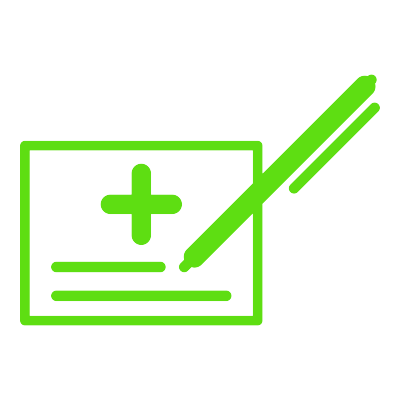
Learning Objective:
- Demonstrate ability to assist patients to develop and implement plans for smoking cessation.
- Be familiar with the medications and treatments commonly used for tobacco cessation.
- Develop a written action plan based on the treatment prescription, adjusted for the appropriate stage of change.
- Prescription.
1 File, 10 URLs, 2 Assignments, 1 Quiz -
Module 7: Managing Risky Use of Alcohol and Other Substances
This module comprehensively addresses substance use including alcohol, cannabis, opioids, stimulants, and other substances as a critical lifestyle medicine pillar. It covers screening, brief interventions, harm reduction approaches, and treatment for substance use disorders while emphasizing the bidirectional relationships between substance use and social connections, the role of relationship stress in substance use, and the critical importance of social support in recovery.
"What are you doing here?" he asked the drunkard... "Drinking," replied the drunkard, with a gloomy expression. "Why are you drinking?" the little prince asked. "To forget," replied the drunkard. "To forget what?" inquired the little prince, who was already feeling sorry for him. "To forget that I'm ashamed," confessed the drunkard, hanging his head. "What are you ashamed of?" inquired the little prince, who wanted to help. "Of drinking!" concluded the drunkard... - Antoine de Saint-Exupéry, "The Little Prince"
Competencies covered in this module :
- Fundamentals of managing risky alcohol use
1 URL, 1 SCORM package -
Module 7 : Lesson 1: Epidemiology of Alcohol-Related Diseases
Approximate time required for the readings for this lesson (at 144 words/minute): 1 hourLearning Objective:

- Understand the role of moderating alcohol use in preventing and treating chronic diseases.
2 Files, 2 URLs -
Module 7 : Lesson 2: Screening for Harmful Alcohol Use
Approximate time required for the readings for this lesson (at 144 words/minute): 1 hourLearning Objective:

- Describe screening processes for harmful alcohol use.
1 File, 2 URLs -
Module 7 : Lesson 3: Intervention and Prevention
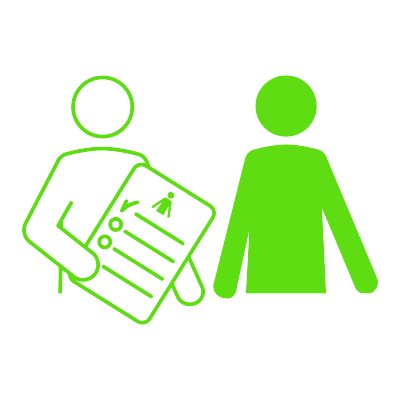
Learning Objective:
- Demonstrate the ability to assist patients to develop and implement plans for avoiding risky alcohol use.
- Know the components of relapse prevention planning.
- Develop a written action plan based on the treatment prescription, adjusted for the appropriate stage of change.
- Intervention.
1 File, 3 URLs, 1 Assignment - Demonstrate the ability to assist patients to develop and implement plans for avoiding risky alcohol use.
-
Module 7: Lesson 4: Cannabis, Opioids, Stimulants, and Other Substances
Learning Objective:
• Describe health effects of cannabis, opioids, stimulants, sedatives, and other substances
Approximate time required for the readings for this lesson (at 144 words/minute): 1 hour
• Summarize diagnostic criteria for substance use disorders across substance categories
• Apply universal screening approaches using validated tools (DAST-10, NIDA single-item)
• Explain medication-assisted treatment for opioid use disorder
• Develop harm reduction strategies to reduce immediate risks
• Identify indications for referral to addiction specialists
• Integrate social support and address relationship factors in substance use and recovery
1 File, 3 URLs, 1 Quiz -
Module 8: Emotional and Mental Well-being
This module addresses stress management and mental health as critical lifestyle medicine pillars, covering the bidirectional relationships between stress and health, screening for mental health conditions, evidence-based interventions including mindfulness, and the fundamental role of social connectedness in mental health. It integrates positive psychology concepts and addresses modern challenges including social media effects, recognizing that mental health and social connection are inseparable.
"God, grant me the serenity to accept the things I cannot change, Courage to change the things I can, And wisdom to know the difference." - Reinhold Niebuhr, The Serenity Prayer

Competencies covered in this module:
- Emotional and Mental Well-being Assessment and Interventions.
People accept stress as an inevitable part of their lives, but exposure to chronic high levels leads to various forms of significant stress-induced morbidity.
In this module, you will learn how to identify a stressed patient and how to help him/her manage emotional and mental well-being.
Upon completion of this module, students should be able to:
- Understand the basic elements of stress response and the relationship between emotional distress and poor health.
- Describe the components of emotional wellness self-management.
- Use screening tools for stress, depression, and anxiety.
- Understand how skills of mindfulness-based stress reduction (MBSR) and other approaches can help patients intervene in stress reactions and better care for themselves.
- Demonstrate the ability to manage depression and anxiety in patients with comorbidities.
- Be familiar with the unique stressors associated with being a physician, along with the possible ways of coping with stress, and describe the role of the provider in facilitating the emotional well-being of patients.
1 URL, 1 SCORM package -
Module 8 : Lesson 1: Relationship Between Stress and Health
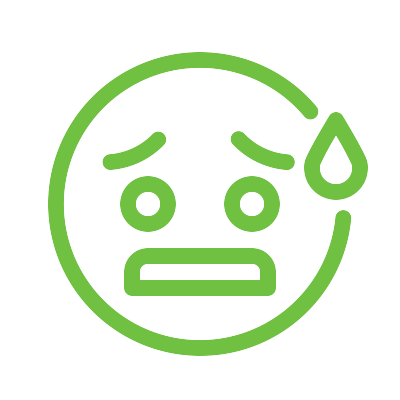
Learning Objectives
- Understand the basic elements of stress response and the relationship between emotional distress and poor health.
- Describe the components of emotional wellness self-management.
1 Page, 2 Files, 4 URLs, 1 Assignment -
Module 8 : Lesson 2: Screening and Screening Tools
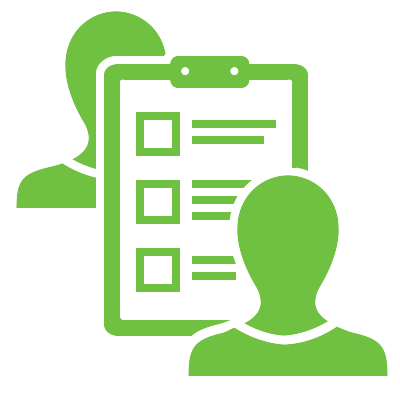
Learning Objectives
- Use screening tools for stress, depression, and anxiety.
Approximate time required for the readings for this lesson (at 144 words/minute): 1 hour
1 Page, 1 File, 2 URLs, 1 Assignment -
Module 8 : Lesson 3: Lifestyle-related Intervention Strategies

Learning Objectives
- Understand how skills of mindfulness-based stress reduction (MBSR) and other approaches can help patients intervene in stress reactions and better care for themselves.
Approximate time required for the readings for this lesson (at 144 words/minute): 1 hour
1 Page, 1 File, 9 URLs -
Module 8 : Lesson 4: Depression and Anxiety in Patients with Comorbidities
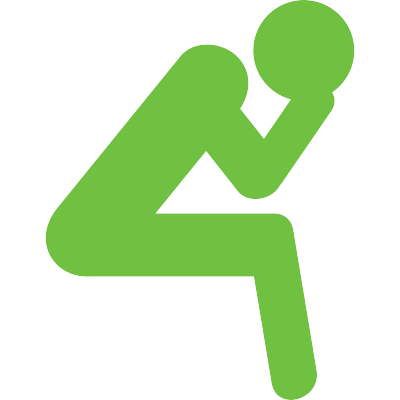
Learning Objectives
- Demonstrate the ability to manage depression and anxiety in patients with comorbidities.
Approximate time required for the readings for this lesson (at 144 words/minute): 1 hour
1 Page, 1 File, 1 URL, 1 Assignment -
Module 8 : Lesson 5: Stress and Burnout Among Physicians

Learning Objectives
- Be familiar with the unique stressors associated with being a physician, along with the possible ways of coping with stress, and describe the role of the provider in facilitating the emotional well-being of patients.
Approximate time required for the readings for this lesson (at 144 words/minute): 1 hour
1 Page, 1 File, 2 URLs, 1 Assignment, 1 Quiz -
Module 9: Sexuality and Health
This module addresses sexuality as an integral component of health and well-being across the lifespan, emphasizing the relational dimensions of sexual health. It covers the bidirectional relationships between sexuality and overall health, communication about sexual concerns, and management of common sexual health issues, recognizing that healthy sexuality encompasses physical, emotional, mental, and social dimensions fundamentally connected to relationship quality and social connectedness.
Sexual health working definition: “... a state of physical, emotional, mental and social well-being in relation to sexuality; it is not merely the absence of disease, dysfunction or infirmity. Sexual health requires a positive and respectful approach to sexuality and sexual relationships, as well as the possibility of having pleasurable and safe sexual experiences, free of coercion, discrimination, and violence. For sexual health to be attained and maintained, the sexual rights of all persons must be respected, protected, and fulfilled.” The World Health Organization (2006)
 1 URL, 1 SCORM package
1 URL, 1 SCORM package -
Module 9 : Lesson 1: Relationship Between Sexuality and Health
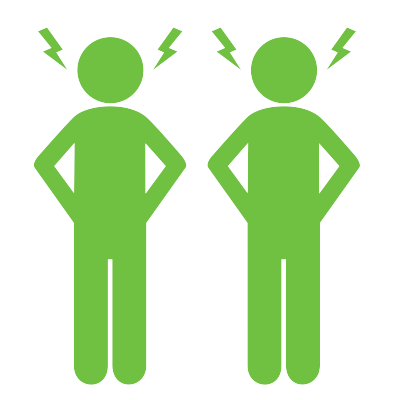
Learning Objectives
- Understand what is meant by the term ‘healthy sexuality’, and the relationship between sexuality and health.
Approximate time required for the readings for this lesson (at 144 words/minute): 1 hour
2 Files, 5 URLs -
Module 9: Lesson 2: Counseling Patients with Sexuality Issues

Learning Objectives
- Understand the role and the limitations of the physician in counseling and treating in the field of sexuality.
1 File, 2 URLs, 1 Assignment, 1 Quiz -
Module 10: Implementing Lifestyle Medicine
This module provides practical strategies for implementing lifestyle medicine in clinical settings, covering health promotion in practices, leveraging interdisciplinary teams, connecting with community resources, optimizing office systems, and developing comprehensive implementation plans. It emphasizes implementing interventions across all six pillars including social connection through group visits, social prescribing, and community partnerships that address both individual health and social isolation.
“People are generally better persuaded by the reasons which they have themselves discovered than by those which have come into the minds of others.” - Blaise Pascal

Competencies covered in this module:
- Tools to promote health change.
- Key clinical processes in lifestyle medicine.
1 Page, 1 SCORM package -
Module 10 : Lesson 1: Health Promotion in Clinics and Practices
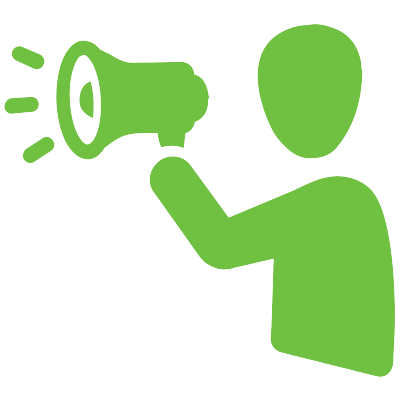
Learning Objectives
- Describe strategies for incorporating wellness into clinic, medical office, or other healthcare settings (wellness programs for health providers).
- Describe the key strategies for leveraging the interdisciplinary team to enhance health behavior change interventions.
- Describe how planned and group visits can optimize office visits to support lifestyle modification.
2 Pages, 2 Files, 10 URLs -
Module 10 : Lesson 2: Key Clinical Processes in Lifestyle Medicine
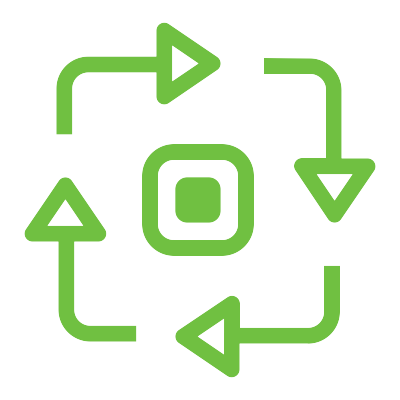
Learning Objectives
- Describe screening and diagnostic tests relevant to lifestyle-related diseases.
- List components of the patient history and physical, with emphasis on lifestyle risk factors.
- Describe how to interpret the tests using evidence-based national guidelines.
- Demonstrate how to screen, diagnose, and monitor a lifestyle-related condition (case example).
- Describe appropriate situations for referring and collaborating with other health professionals, such as dieticians, health educators, fitness trainers, and psychologists.
Approximate time required for the readings for this lesson (at 144 words/minute): 1 hour
1 File, 12 URLs, 1 Page -
Module 10 : Lesson 3: Strategies for Effective Office Systems to Plan Screenings, Follow Up on Test Results and Clinical Follow-Ups

Learning Objectives
- Cite strategies for effective office systems and office tools for tracking screening frequency and test results, and proactively prompting follow-up.
- Develop an action plan for implementing lifestyle medicine in clinical and personal settings by using tools and strategies for effective office systems.
Approximate time required for the readings for this lesson (at 144 words/minute): 1 hour
1 File, 3 URLs, 1 Page, 2 Assignments, 1 Workshop, 1 Forum -
Module 10: Lesson 4: Strategies to Obtain Information about Local Community Resources
Approximate time required for the readings for this lesson (at 144 words/minute): 1 hourLearning Objective:
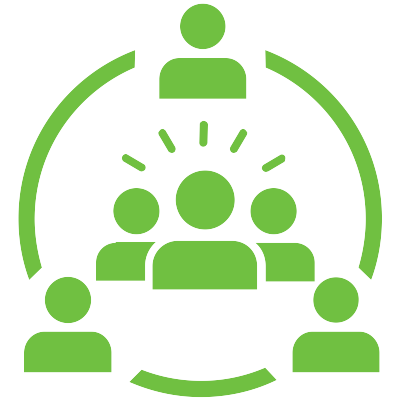
- Describe strategies for clinical practice to obtain information about local community resources.
1 File, 3 URLs, 1 Page, 1 Quiz -
Course and Self Evaluation & Certificate
 In this section, you can provide feedback about this course to help us make NextGenU.org better. Once evaluations are completed, you will be able to download your certificate of completion.
In this section, you can provide feedback about this course to help us make NextGenU.org better. Once evaluations are completed, you will be able to download your certificate of completion.
Click here give your feedback1 Questionnaire


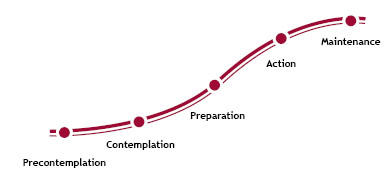
 Click here to start Final Examination
Click here to start Final Examination